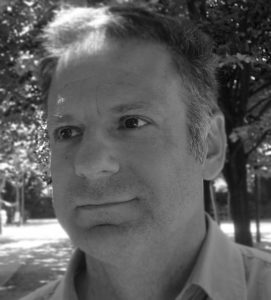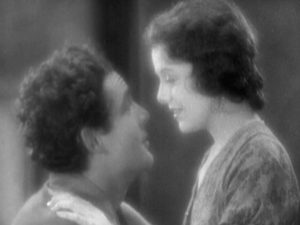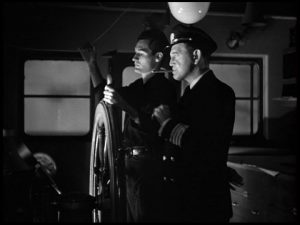
The echoes of commencement weekend have faded, and we are busy balancing budgets, repairing equipment, cleaning our desks, watching probably too much FilmStruck, and getting ready to start all over again. This is the time of year that a teacher can honestly ask questions like “what will I teach” and “why will I teach it?” In the heat of the semester we rarely have time for reflection, so I’m asking my colleagues to share their thoughts on this blog over the summer. For my part, on Tuesday September 5th at exactly 8:50 am, I’ll be in the Goldsmith Family Cinema launching our gateway class FILM 307: The Language of Hollywood. This is our introduction to Wesleyan Film, and so I’ll be meeting many members of the class of 2022 as well as students from across the campus who are intrigued by film. It is a “film watching” class, but (not so) secretly it is also a filmmaking class. In it, we aim to understand films from the perspective of the filmmaker, to reverse-engineer cinema to see how it all works. CFilm’s curriculum is built on the premise that study and practice are inseparable and mutually beneficial. Film critics and historians have a LOT to learn from the experience of holding a camera, setting up lights, and cutting together pieces of stock. For filmmakers, there’s no better way to open up the craft, broaden visual vocabularies, and find inspiration than sitting in the dark, watching, thinking, and feeling.
Because I’m a historian, and because “watching, thinking, and feeling” doesn’t quite work as a syllabus, I organize this class historically. We look at three changes in film technology: the coming of sound, the introduction of color, the shift to widescreen, and the development of 3D. The class isn’t so concerned with the history of technology (if you want to know, say, about the history of Technicolor, I have a book for you), but with how working filmmakers react when change happens.

On that first day, I will probably show one of the great silent films from the 1920s. For the past several years I’ve started with Frank Borzage’s ravishing romance Street Angel, a movie so confident in its storytelling that the absence of synchronized dialogue hardly seems a deficit. Janet Gaynor and Charles Farrell find love, lose it, and then miraculously find it again in shimmering soft focus. What more could one possibly ask from cinema? And yet, within just over a year no studio in Hollywood was making silent films! The transition to sound was a crisis point for all film artists. They lost some tools, gained others, and struggled to find the same emotional power and visual poignance in the new era of “talkies.” Looking at what filmmakers do under pressure, at how they solve problems when the game has changed, reveals how artists think, what they value about their medium, what works and what doesn’t. Within a short time, sound cinema had the confidence and air of effortlessness that silent film once claimed. But studying the excitement and desperation of sound when it was new helps us see its possibilities with fresh eyes (and ears). This sensitizes us to film form, so that we can look at a much later sound film like Ghost Ship, a wonderfully strange horror movie from the early 1940s, and find filmmakers who kept the novelty of sound alive, using effects, music, and silence, to create a new emotional journey.

At the end of this class, elements of film form like sound, composition, lighting, cutting, depth, and color should be visible in a new way. If class goes really well, cinema will cease being a “given” and become instead a field of possibilities, some long forgotten, ripe for exploration. Using sound in a movie should feel like a positive choice rather than a stale inevitability. Watching is the gateway to making. That’s the BIG idea behind this class, and I hope to keep it in mind even in the depths of November when we are all overwhelmed with deadlines, page-counts, and tests. For now, with summer stretched before me, I’ll be revising, re-watching, reworking, rethinking.

